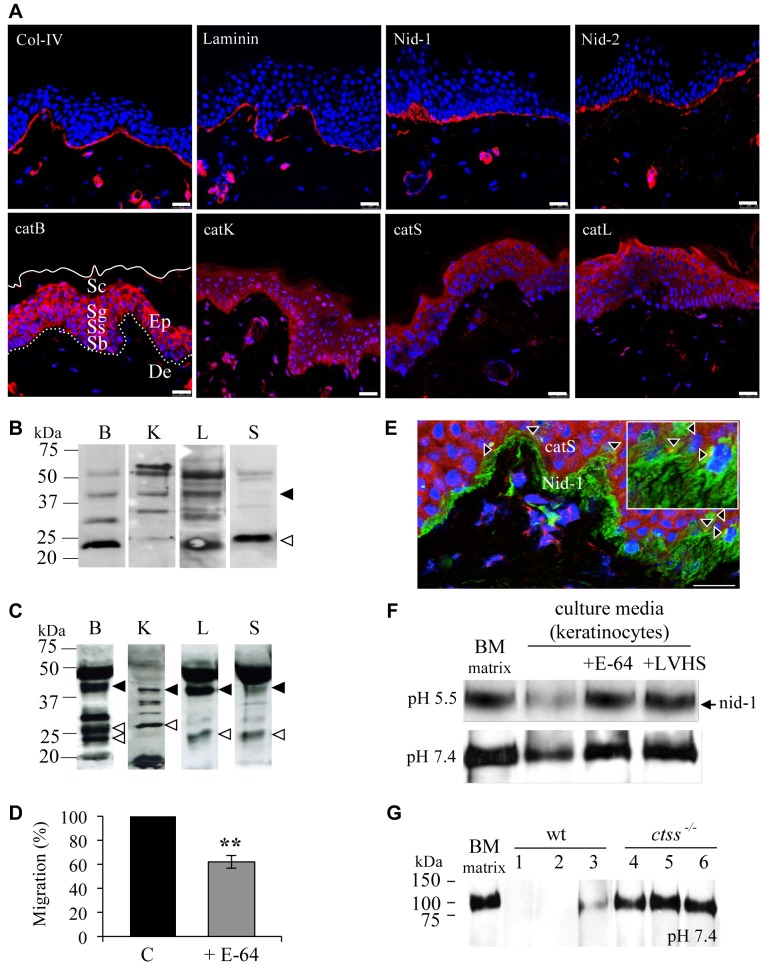Figure 1. Major BM components and cysteine cathepsins B, K, L, S in the epidermis of human skin.
(A) Immunofluorescence labeling of major BM components (type IV collagen, laminin, nid-1 and -2) and cathepsins B, K, L, S. The nuclei of keratinocytes were stained with DAPI. Ep: epidermis; De: dermis, Sc: stratum corneum, Sg: stratum granulosum, Ss: stratum spinosum, Sb: stratum basale. The continuous line indicates the outermost layer of the skin, the dashed line indicates the basal lamina. Bars correspond to 25 µm. (B) Expression of pro- and mature cathepsins B, K, L and S in human skin epidermis. The dark arrow indicates the proform of cathepsin and the light arrow indicated the mature form. Intermediate bands correspond to uncompleted maturation. (C) Samples of conditioned culture medium of human primary keratinocytes were concentrated (x 200), separated (100 µg protein) by SDS-PAGE (15%) under reducing conditions. (D) Transwell BM matrix migration assays (n = 5 separate experiments) by keratinocytes (C: control) treated with E-64 (**, P<0.01 when compared to control). (E) Double immunofluorescent labeling of catS and nid-1 in human skin and confocal laser microscopy analysis. Secondary antibodies were Alexa Fluor 546 anti-goat (catS: red) and Alexa Fluor 488 anti-mouse (nidogen-1: green). Magnification (insert) of the lower panel of the image (x 3). Arrowheads indicate cells containing catS and nid-1 close together (yellow). Scale bar = 25 µm. (F) BM matrix (5 µg) was incubated alone or with concentrated keratinocyte supernatant (10 µg protein) at pH 5.5 or 7.4 for 24 h. For controls, supernatants were pre-incubated for 30 min with E-64 or LHVS. Data represent immunoblot analysis with nid-1 antibodies from at least 3 independent experiments. (G) Pretreated lysates (10 µg) of wild-type C57/Bl6 mouse spleen (wt, lysates: 1–3) and catS-deficient spleen (ctss−/−, lysates: 4–6) were incubated (pH 7.4, 37°C) for 1 h in order to inactivate all cysteine cathepsins, except catS. BM matrix (10 µg) was then incubated alone or with cell lysates (pH 7.4, 37°C) for 18 h. Immunoreactive nid-1 was revealed by western blot. Assays were performed on different samples (n = 15), which yielded similar results and a representative of two independent experiments is presented.

